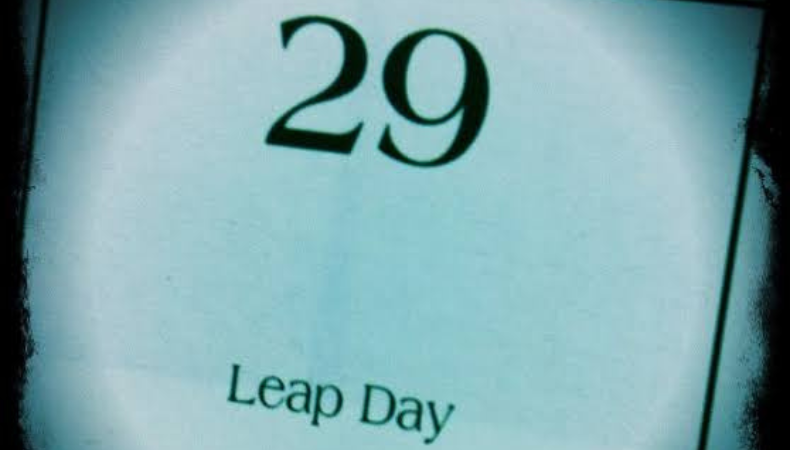What is a leap year… and how did it become part of our calendar?

If you refer to your calendar this week, you will see an unusual date: 29 February. This is because 2024 is a leap year. And while people in the Northern Hemisphere may not be thrilled to learn that they’ll have to face an extra day of winter, there’s an important scientific reason for leap years. This is what you need to know
.What is a leap year?Around every four years, a leap year occurs when an extra day is added to the Gregorian calendar, making the total length of the year 366 days instead of 365. The additional day is added at the end of February. The leap day is 29 February.
What is the history of leap years?
With a calendar of 365 days divided into the 12 months we still use in the Gregorian calendar, the idea of leap years dates back to 45 BC, when the Roman emperor Julius Caesar instituted the Julian calendar (July and August were originally called Quintilis and Sextilis respectively, but were renamed in honour of Julius Caesar and his successor Augustus).
According to the University of Houston, the Julian calendar included leap years every four years without exception and was synchronised with the Earth’s seasons thanks to the “last year of confusion” in 46 BC, which comprised 15 months totalling 445 days.Pope Gregory XIII introduced the Gregorian calendar in 1582, which is the same as the Julian calendar, with the exception of leap years for most centenary years (as shown above).
Keep On Reading
The next leap year?
29 February 2024 is a leap year. This year’s last leap year was 29 February 2020, and the next is 29 February 2028.Why does leap year exist?Due to leap days, our calendar remains synchronised with the Earth’s rotation around the Sun. Around the Sun, the Earth orbits in approximately 365.242189 days, i.e. 365 days, five hours, 48 minutes and 45 seconds.
Equinox in March marks the start of what is known as the tropical year.According to the Gregorian calendar, there are only 365 days in a year. In relation to the Earth’s rotation around the Sun, each calendar year would begin about six hours earlier if a leap day were not added on 29 February almost every four years.






